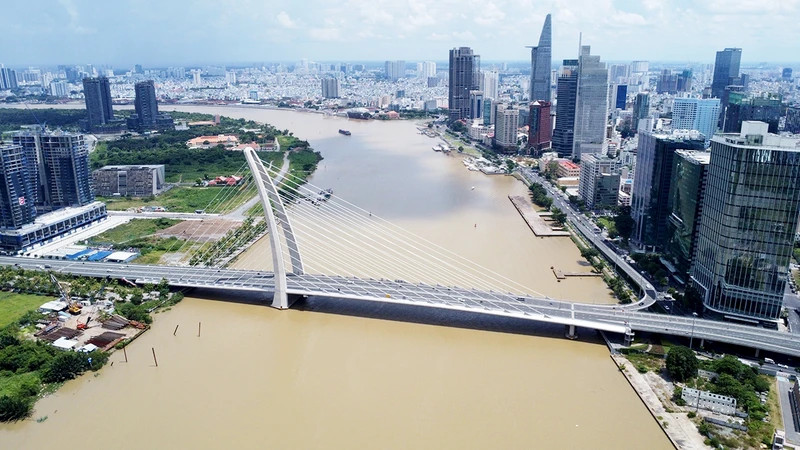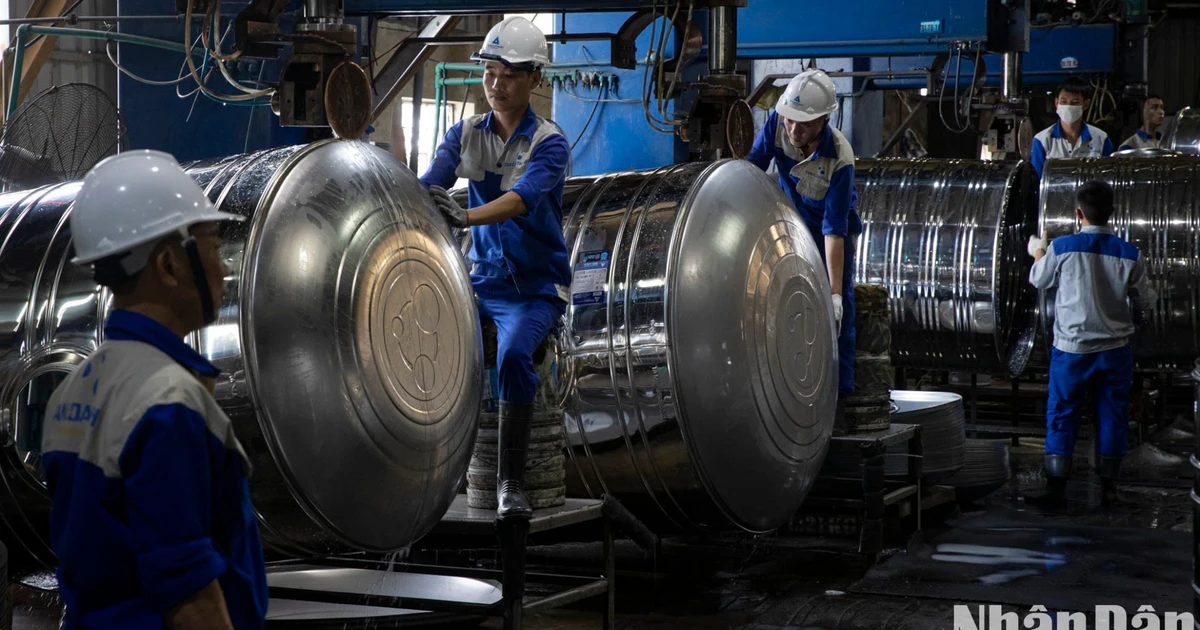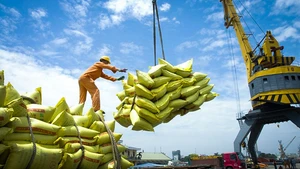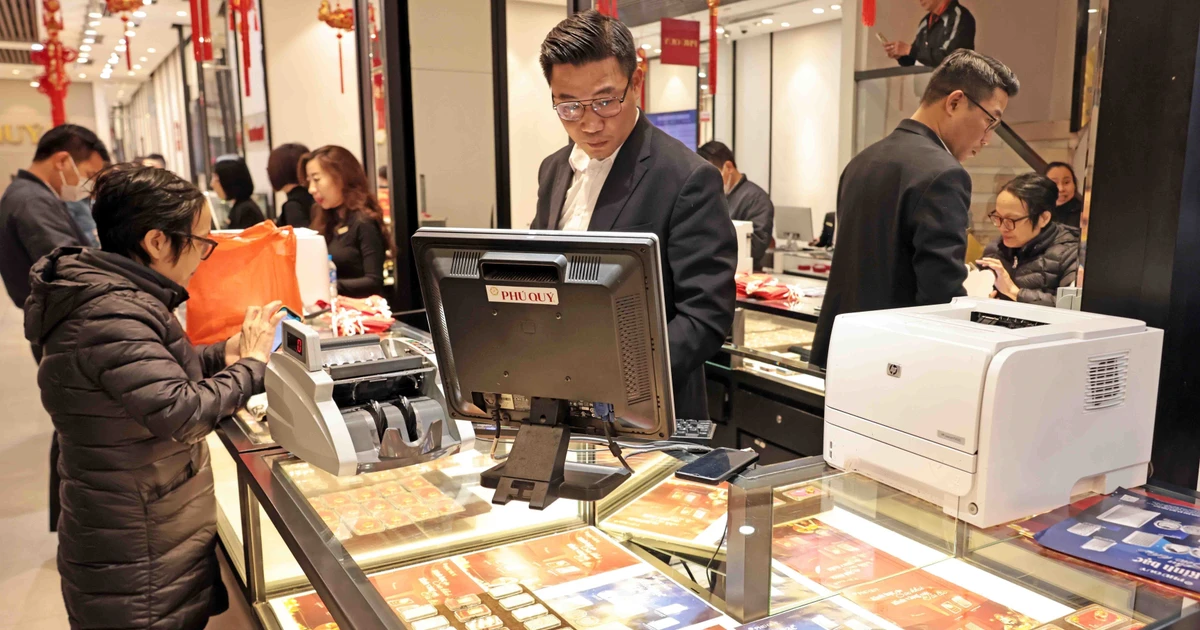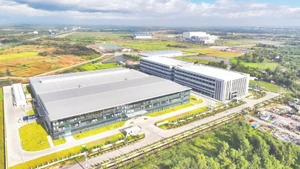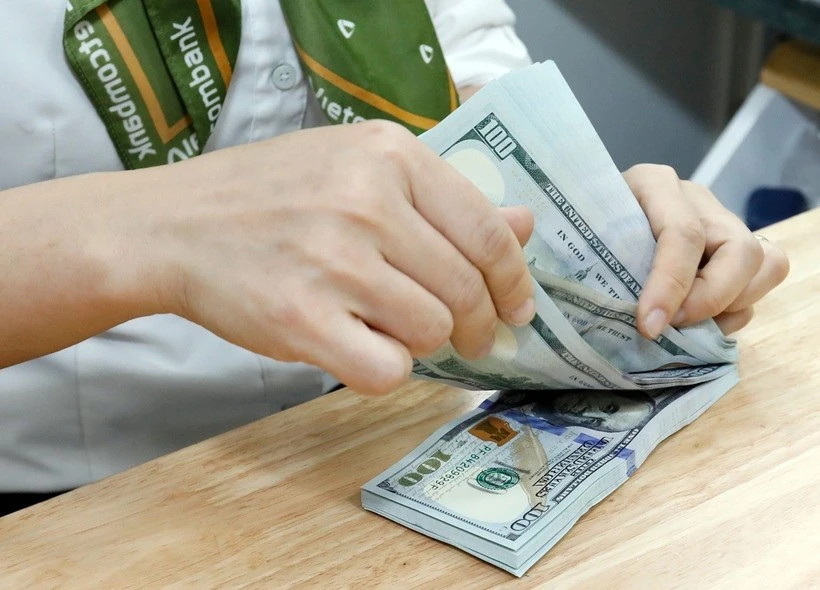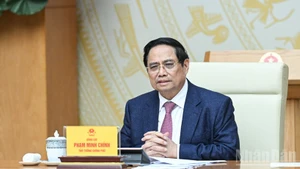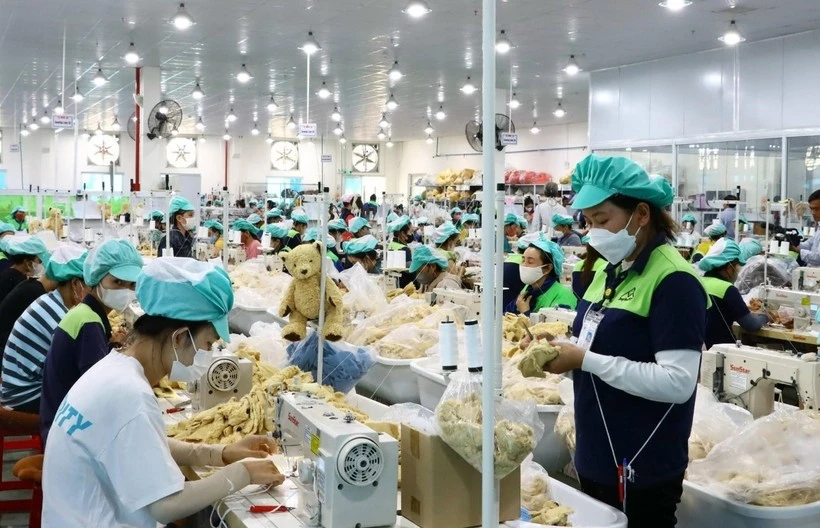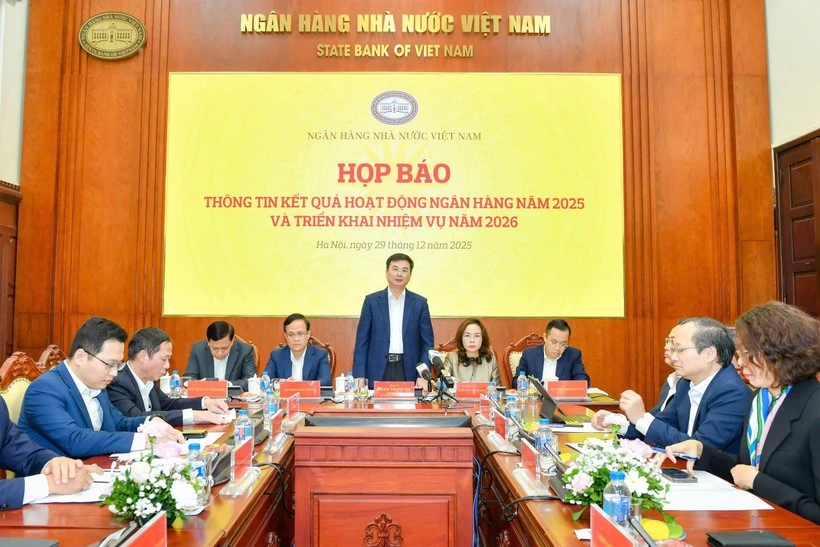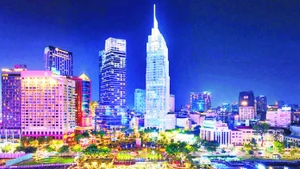Looking back at the construction and development process, it can be seen that in recent years the city's economic structure has continued to shift in a positive direction in association with innovating the growth model, gradually developing in depth based on the science-technology and innovation application platform. The cause of education and training, people's health care, and cultural and social development has achieved many important results. The material and spiritual life of the people has been always being improved.
Powerful breakthroughs
During the period after the liberation day (1976-1985), Ho Chi Minh City and the whole country entered the work of building socialism. With the difficulties left by the two wars, the economy operates under a centralised planning mechanism, so the city's GRDP only reached an average of 2.7% per year. However, during the following period, the city's economy grew rapidly as the GRDP reached an average of 12.62% per year in the 1991-1995 period. This is the period that affirmed the city's breakthrough and leading role.
The economic structure has shifted towards industrialisation, modernisation, and the development of key industries and high-quality service centres of the country. During the 1996-2010 period, the city’s socio-economic development continued to achieve positive results with a fairly high average annual growth rate, making the city one of the very few localities in the country achieving double-digit growth rate in a long time.
During the period of in-depth economic development (2011-2020), the city's economic growth reached an average of 6.86% per year, exceeding the general growth of the whole country (5.96%) and the entire southern key economic region (6,31%). In 2020, the city's economic scale increased 2.7 times and the average income per capita increased 2.39 times compared to 2010. The city continued to innovate its economic model while improving the quality of economic growth on the basis of the application of science and technology. Its economic structure continued to shift in the right direction, focusing on industry, services, and high-tech agriculture.
The cause of education and training, people's health care, and cultural and social development has achieved many important results. The material and spiritual life of the people has been always being improved.
Ho Chi Minh City's development achievements, especially in economy in recent years, have made important contributions to the country's overall achievements, affirming the city's particularly important position and role in the cause of national construction and defence.
Implementing the Politburo’s Resolution No. 31-NQ/TW, dated December 30, 2022, on the direction and tasks of developing Ho Chi Minh City until 2030, with a vision to 2045, the city has set out many specific programmes and plans that demonstrate high determination to develop the city in a manner worthy of the whole country's expectations. The city is also aware of the inadequacies and limitations that need to be removed and resolved such as its dynamism, creativity, and leading role for the region and the whole country tending to decline. The economic growth also tends to slow down, and its international competitiveness remains low. The city’s socio-economic infrastructure develops slowly and lacks synchronisation. In addition, many socio-economic problems such as traffic congestion, environmental pollution, security and order, healthcare, and education still have many limitations and shortcomings.
Affirming its leading position
According to the Ho Chi Minh City Party Committee, Resolution No.31 clearly stated the vision and goal of building and developing Ho Chi Minh City in a more civilised and modern direction is an important task of both the political system and the City’s people. Specific goals were also set out, especially for Ho Chi Minh City to become a civilised, modern, grateful, dynamic, and creative city as well as an economic, financial, commercial, cultural, educational, scientific, and technological centre of the whole country, with extensive international integration and an outstanding position in the Southeast Asia.
The city's average growth is expected to be about 8-8.5% per year; its GRDP per capita will reach about 14,500 USD; and the digital economy will contribute 40% to GRDP. By 2045, the city will develop on a par with major cities in the world, becoming a globally attractive destination and an economic, financial, and service centre of Asia.
In recent years, the city has been continuing to restructure the overall economy associated with innovating the growth model based on the knowledge economy, application of science and technology, innovation, and high labour productivity. The city has been also planning and transforming models of high-tech parks, industrial parks, and export processing zones, towards the development of high technology, creativity, digital economy, green economy, and circular economy; as well as selecting products and processes with high added value to participate in regional and global value chains.
The city is gradually forming a synchronous infrastructure system to become a major service centre of the country and the region with modern and high-end service industries; an international exhibition centre; establishing an international exhibition. In addition, Ho Chi Minh City international financial centre will be built in a near future.
In 2023, despite many difficulties, Ho Chi Minh City still led the country in attracting foreign direct investment (FDI) with 5.85 billion USD, a year-on-year increase of nearly 50%.
Le Thi Huynh Mai, Director of Ho Chi Minh City Department of Planning and Investment
Ho Chi Minh City People’s Committee said in 2024, the city continues to focus on increasing the proportion of attracting FDI capital with high added value, ensuring rapid and sustainable economic growth. Currently, the city is perfecting mechanisms and policies to create new incentives to attract and use FDI in industrial zones, export processing zones, high-tech zones, and high-tech agricultural zones.
Emphasising urban and infrastructure construction, Chairman of Ho Chi Minh City People's Committee Phan Van Mai said that in recent years, the city has been focusing on building and creating a breakthrough in the urban infrastructure system; synchronously combining urban renovation and embellishment with new urban development; and reorganising residential life to improve the quality of people’s lives through the process of renovation, embellishment, and urban development. In addition, all economic sectors have been being attracted to participate in developing social housing, housing for workers, renovating houses along canals and old apartments; while post-relocation land fund have been being effectively used to prioritise the construction of public works and social welfare.
With a central position in the southern key economic region, the city has proactively boosted regional linkages, promoted its core and leading role in development linkages to realise strategic breakthroughs in the development of transportation infrastructure and digital infrastructure as well as the improvement of human resources’ quality, creating motivation and new development space for the Southeast region, the Mekong Delta, and other regions and localities throughout the country.
Furthermore, the city has enhanced investment in developing logistics infrastructure, increasing loading and unloading capacity and seaport storage, taking advantage of supply chains, and forming a regional logistics service supply centre. The city has proposed many programmes to strongly develop culture, society, education and training, and healthcare; improve people's quality of life; build a civilised, modern, and gratitude city worthy of being named after Uncle Ho. With the National Assembly’s issuance of Resolution No. 98/2023/QH15, dated June 24, 2023, the city will make the most of specific mechanisms and policies to develop and create a breakthrough in mobilising synergy, effectively exploiting potentials, advantages, and strategic positions.
